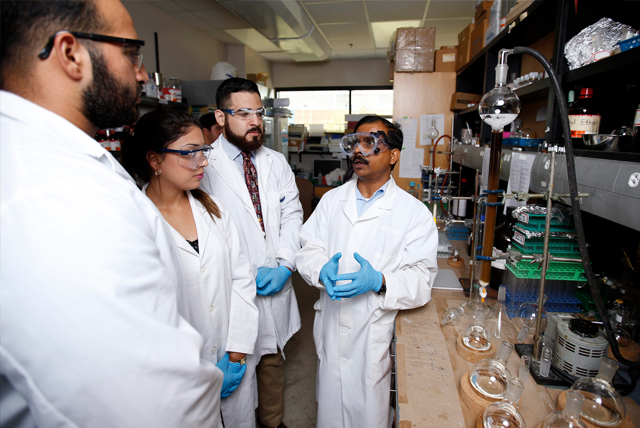Document Type
Article
Publication Date
1-21-2014
Abstract
In a previous paper [Fatehi, S.; et al. J. Chem. Phys. 2013, 139, 124112], we demonstrated a practical method by which analytic derivative couplings of Boys-localized CIS states can be obtained. In this paper, we now apply that same method to the analysis of triplet–triplet energy transfer systems studied by Closs and collaborators [Closs, G. L.; et al. J. Am. Chem. Soc.1988, 110, 2652]. For the systems examined, we are able to conclude that (i) the derivative coupling in the BoysOV basis is negligible, and (ii) the diabatic coupling will likely change little over the configuration space explored at room temperature. Furthermore, we propose and evaluate an approximation that allows for the inexpensive calculation of accurate diabatic energy gradients, called the “strictly diabatic” approximation. This work highlights the effectiveness of diabatic state analytic gradient theory in realistic systems and demonstrates that localized diabatic states can serve as an acceptable approximation to strictly diabatic states.
Recommended Citation
Alguire, E. C.; Fatehi, S.; Shao, Y.; Subotnik, J. E. Analysis of Localized Diabatic States Beyond the Condon Approximation for Excitation Energy Transfer Processes. J. Phys. Chem. A 2014, 118, 11891– 11900, DOI: 10.1021/jp411107k
DOI
10.1021/jp411107k



Comments
This document is the unedited Author’s version of a Submitted Work that was subsequently accepted for publication in The Journal of Physical Chemistry A, copyright © American Chemical Society after peer review. To access the final edited and published work see http://pubs.acs.org/articlesonrequest/AOR-HIycfcJ6ckzbNcRqfKPN.